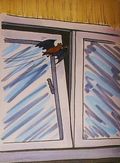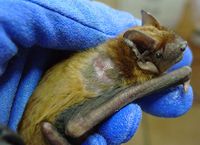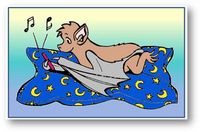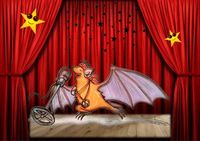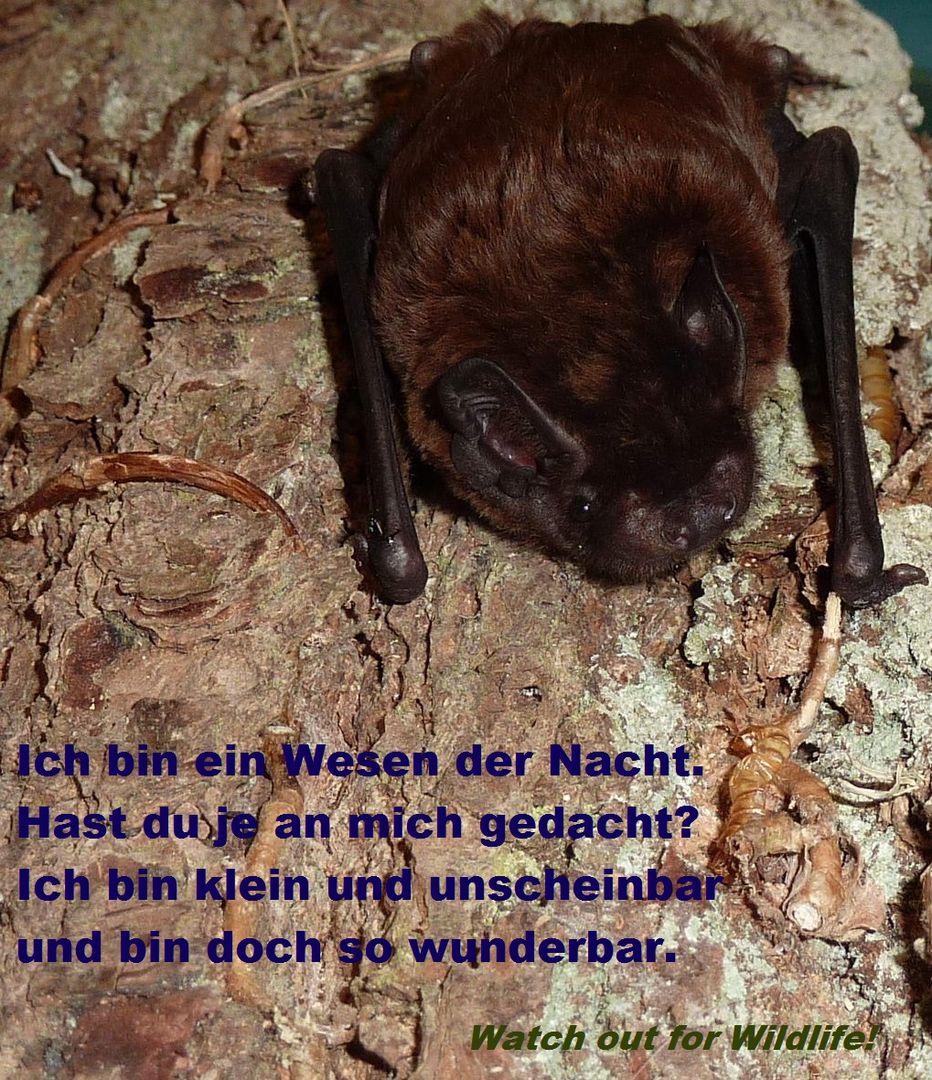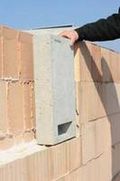
The House lives!
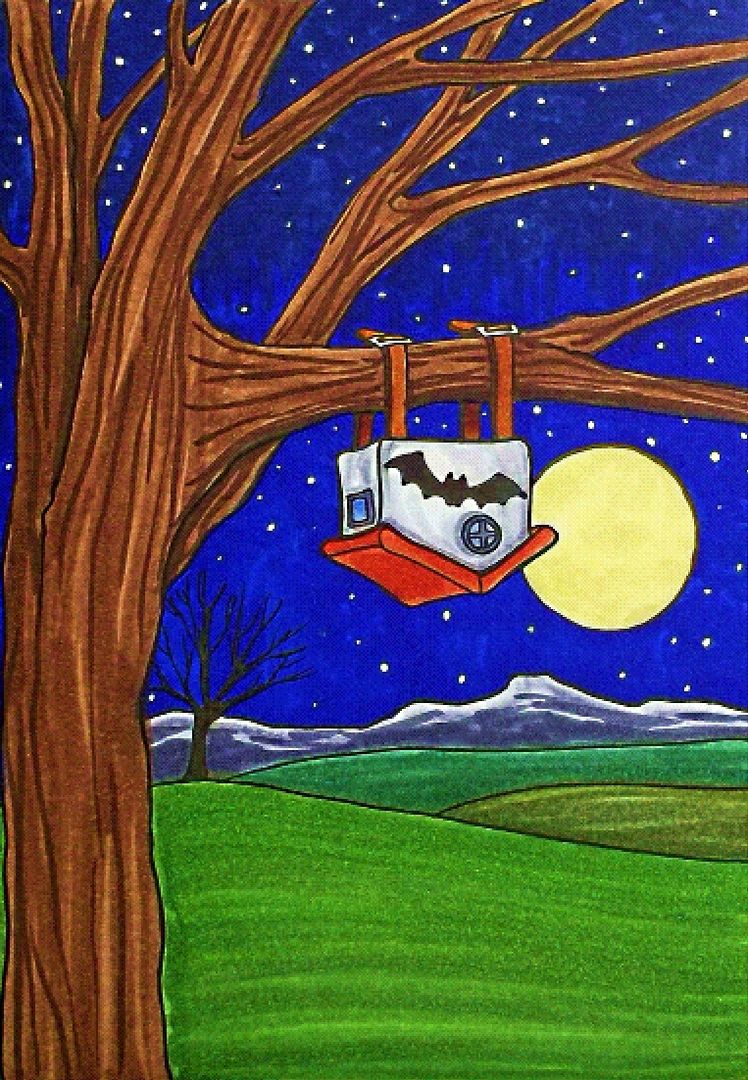 Schenk den Fledermäusen ein Zuhause // Give a home to the bats
(Carina Bach
/
www.bund-fledermauszentrum-hannover.de)
Schenk den Fledermäusen ein Zuhause // Give a home to the bats
(Carina Bach
/
www.bund-fledermauszentrum-hannover.de)
Bat species who live in buildings are for example Eptesicus serotinus and Pipistrellus pipistrellus. But many other bat species can live in buildings. They use for example gaps and cracks as quarters and attics are gladly accepted, too. Also Myotis myotis belong to the bat species living in buildings: they populated large attics of churches, monasteries and palaces.
The bat populations, however, are greatly diminished in the last 40 years. Causes of their extreme decline are mainly lack of food due to the use of pesticides in agriculture; poisoning by wood preservatives used in buildings and the destruction of quarters due to roof works, renovations and thermal insulations.
Typical Bat Quarter possibilities
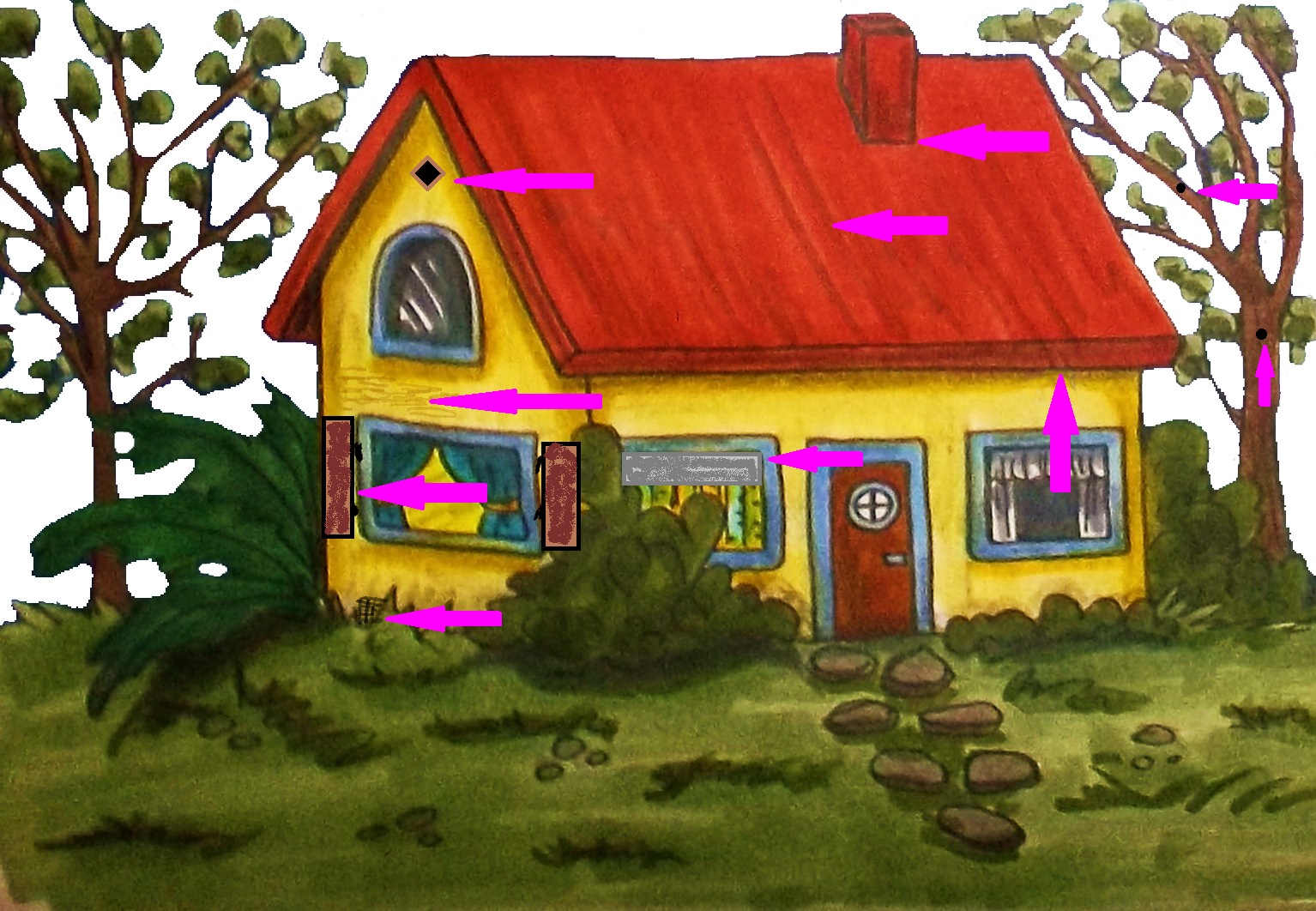 Quartiermöglichkeiten für Fledermäuse am Haus // Quarters for bats at the house
(Carina Bach
/
www.bund-fledermauszentrum-hannover.de)
Quartiermöglichkeiten für Fledermäuse am Haus // Quarters for bats at the house
(Carina Bach
/
www.bund-fledermauszentrum-hannover.de)
at the chimney
under roof tiles / protrusions
in the attic
in wall columns
under the attic
behind shutters
in roller shutter boxes
in cellars
in tree hollows and stem bark columns
in branch caves and bark crevices
Homeless in the freezing cold! Bats don't find Winter-quarters
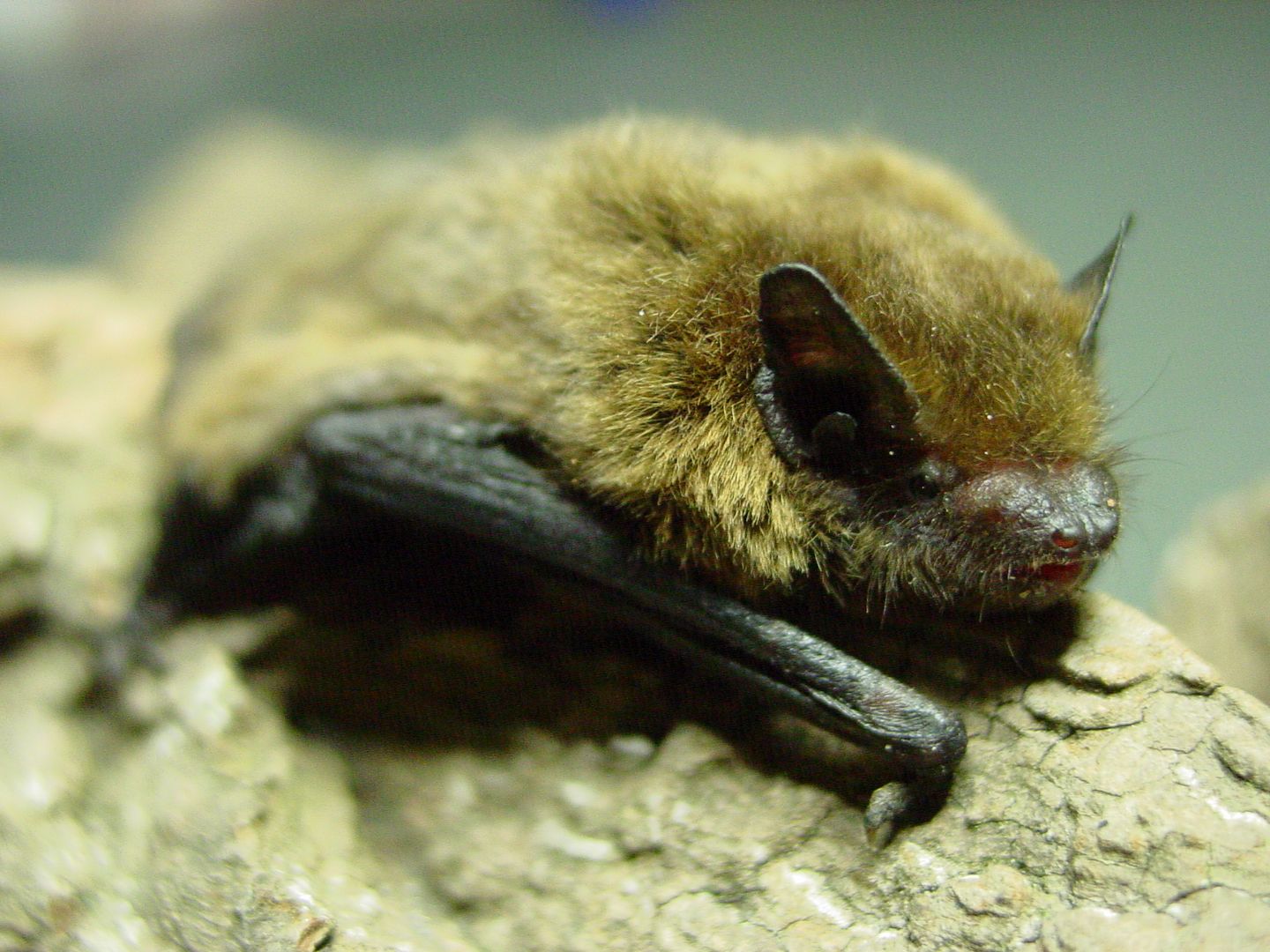 Zwergfledermaus Pipistrellus pipistrellus
(Dr. Renate Keil
/
www.bund-fledermauszentrum-hannover.de)
Zwergfledermaus Pipistrellus pipistrellus
(Dr. Renate Keil
/
www.bund-fledermauszentrum-hannover.de)
With the start of cold in northern Germany many bats are looking for a frost-free place for the winter. But unfortunately due to tree fellings and house renovations there is hardly any space for bats. In Winter many bats can be seen flying around in a desperate attempt to save there lives. Sometimes they fly right into buildings or freeze to death. Please help the bats to survive. – Take action for the conservation and creation of winter quarters. – Please, spread the word! Thank you for your help.
Roof tarpaulin / Construction tarpaulin
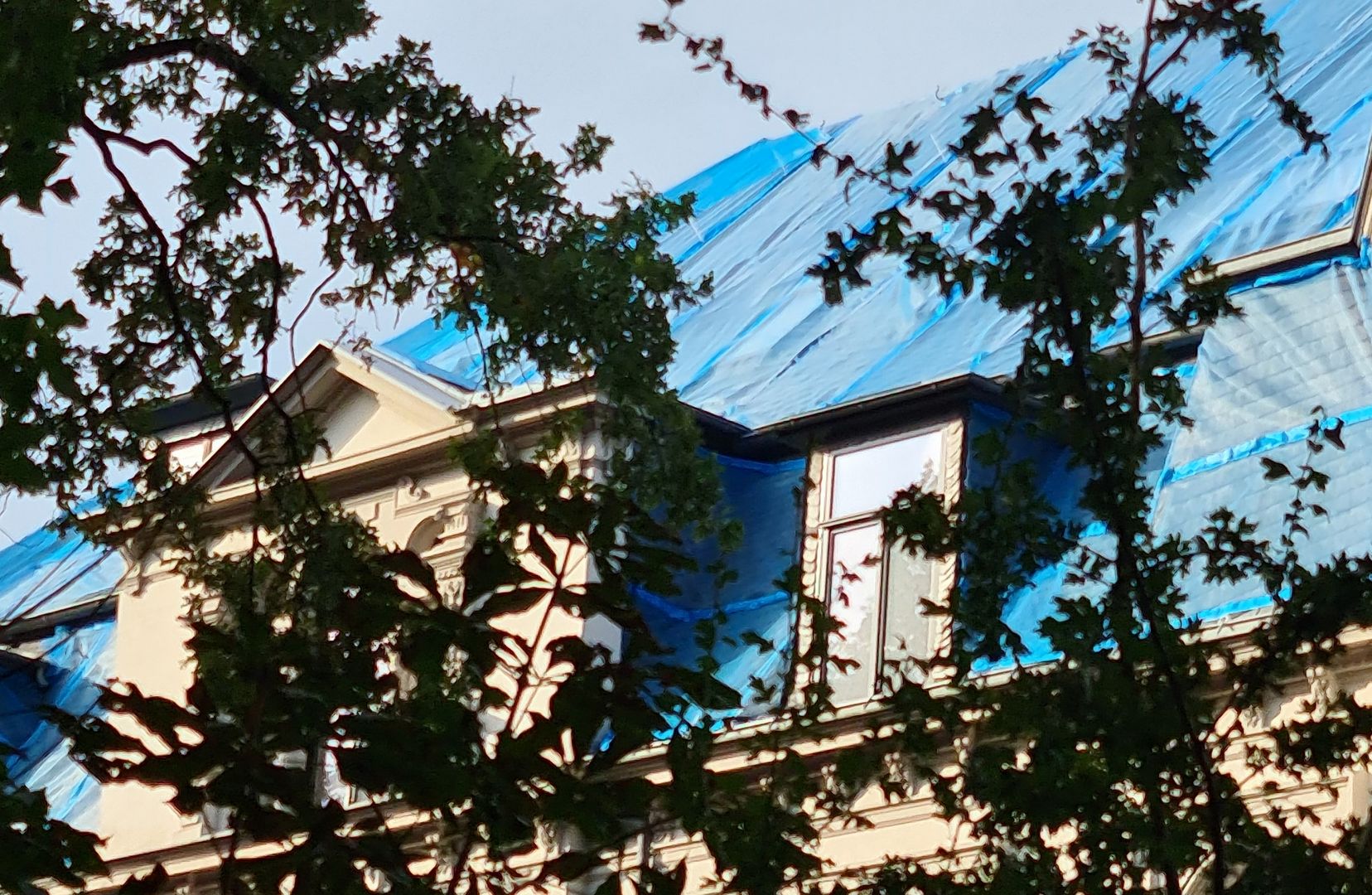 Bauplane / Dachplane // Construction tarpaulin / roof tarpaulin
(Gudrun Becker
/
www.bund-fledermauszentrum-hannover.de)
Bauplane / Dachplane // Construction tarpaulin / roof tarpaulin
(Gudrun Becker
/
www.bund-fledermauszentrum-hannover.de)
Bats can also roost in the crevices of buildings, roof crevices and attics - this applies to both individual animals and colonies. Please make sure that the construction plans do not close off any quarters when covering for roof work / building work.
#bats #Fledermäuse #BUND #FOE #BUND_FMZ
#Fledermaus_gefunden #found_a_bat #tierrettung
#animal_rescue #BUNDchen #Gebäude #Dächer #Dachplane #Dachabdeckung #Gebäudeabdeckung #Gebäudesanierung
# Dachsanierung #Bauplane #Construction tarpaulin #roof tarpaulin #roof #tarpaulin #building
Beware of renovation work, building demolations and thermal insulation
 Bauarbeiten // Construction works
(pixabay
/
https://pixabay.com/de/)
Bauarbeiten // Construction works
(pixabay
/
https://pixabay.com/de/)
During renovation and thermal insulation of facades and roofs, many - usually barely visible - bat quarters are lost because the entrances are closed or because the cavity disappears as a result of the measure. In the worst case, the animals are seriously injured or walled in during the work. Another problem is that the heat is kept inside the building after insulation, but outside, where the wintering bats are sitting, it is no longer sufficiently warm, so that the area is no longer suitable for hibernation in severe frost.
Attention when renovating the attic of buildings!
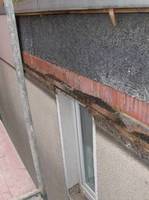 Fledermauskot hinter abgenommener Attika // Bat droppings behind removed attica
(Elke Mühlbach
/
www.bund-fledermauszentrum-hannover.de)
Fledermauskot hinter abgenommener Attika // Bat droppings behind removed attica
(Elke Mühlbach
/
www.bund-fledermauszentrum-hannover.de)
Bats love to stay in the attic of buildings: the animals crawl under the attic and look for suitable sites there. Even Winter quarters may be located under an attic. In the photo the bat droppings can be seen after the attic was removed. For attica renovations there are solutions to preserve the bat roosts or to provide new quarter at the same place.
Due to renovations and insulations of facades and roofs, many - usually barely visible - bat roosts got lost because the entrances to the quarters get sealed or the quarter gets totally destroyed. In the worst case, the animals are immured alive. Another problem is that after isolation the heat is kept inside the building, so the bat quarters gets too cold in Winter and the quarter is no longer suitable for bats.
How can I recognise bat quarters in buildings?
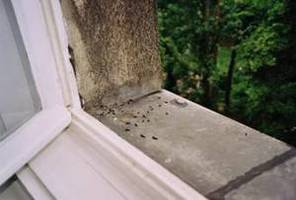 Fledermauskot auf Fensterbank // Bat droppings on windowsill
(Elke Mühlbach
/
www.bund-fledermauszentrum-hannover.de)
Fledermauskot auf Fensterbank // Bat droppings on windowsill
(Elke Mühlbach
/
www.bund-fledermauszentrum-hannover.de)
An indication of bats in buildings are small, elongated dung-crumbs that are close to the house wall or on projections such as window sills (photo). Bat droppings are harmless and can be used as fertilizer for plants.
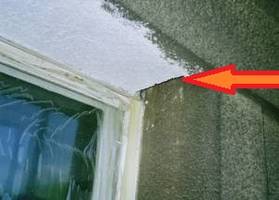 Quartier in Fenstermulde // Quarter in window dump
(Elke Mühlbach
/
www.bund-fledermauszentrum-hannover.de)
Quartier in Fenstermulde // Quarter in window dump
(Elke Mühlbach
/
www.bund-fledermauszentrum-hannover.de)
Barely visible in very small cracks bats may be hidden. Here a quarter directly in a window recess (above on the right).
What to do when you have a bat quarter in your house?
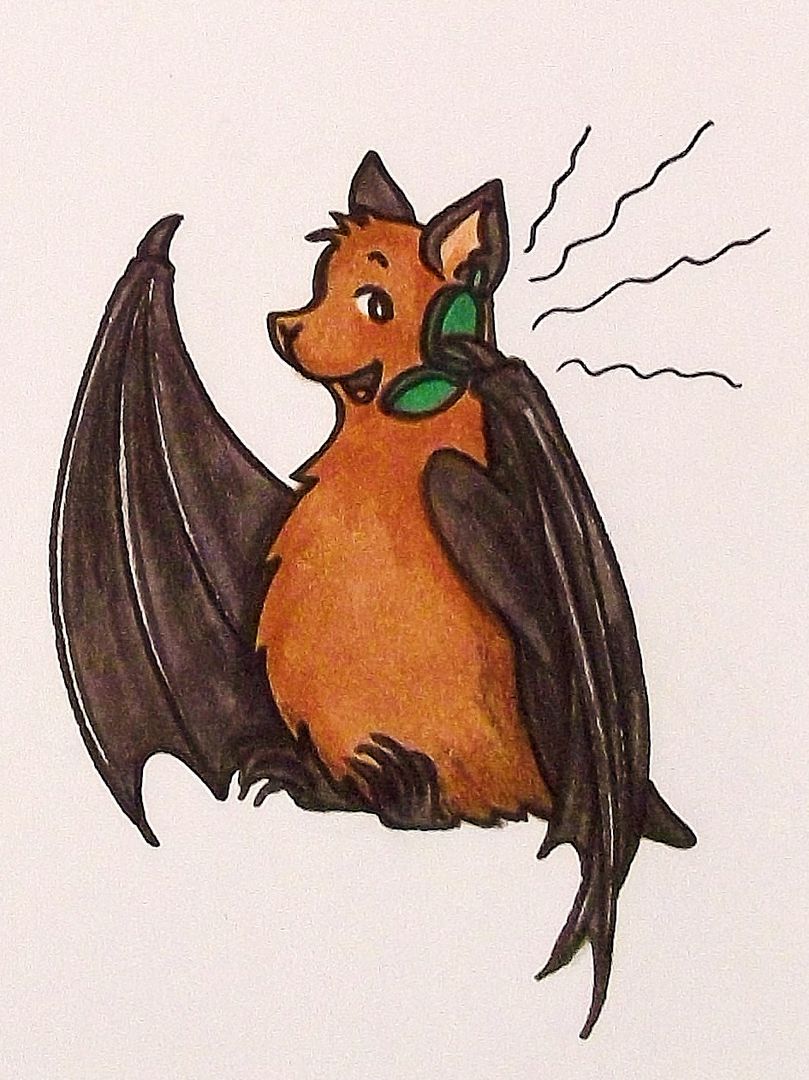 BUNDchen Fledermaus am Telefon // BUNDchen Fledermaus at the phone
(Carina Bach
/
www.bund-fledermauszentrum-hannover.de)
BUNDchen Fledermaus am Telefon // BUNDchen Fledermaus at the phone
(Carina Bach
/
www.bund-fledermauszentrum-hannover.de)
If no changes to the house are planned, then nothing is to do. If possible, please try to minimize the threads for bats at your house.
If you are planning renovations, thermal-isolations or any other changes at the house, it is very important to pay attention to the quarter / quarters. Therefore bat experts should examine the building, even if you only suppose that there could be a bat quarter. This is the only way to avoid that the bat quarter gets destroyed or sealed.
Remodeling / renovation / demolition despite bat quarters?
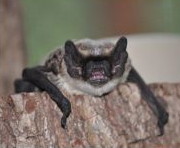 Zweifarbfledermaus Vespertilio murinus
(Elias Neideck
/
www.bund-fledermauszentrum-hannover.de)
Zweifarbfledermaus Vespertilio murinus
(Elias Neideck
/
www.bund-fledermauszentrum-hannover.de)
A remodeling / renovation / demolition despite existing bat quarters is in many countries prohibited by law.
The nature conservation authorities are happy to help you find a solution to your concern.
Injured bat by roof renovation
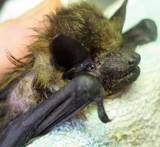 Verletzte Breitflügelfledermaus durch Dachsanierung // Injured Eptesicus serotinus due to roof renovation
(Dr. Renate Keil
/
www.bund-fledermauszentrum-hannover.de)
Verletzte Breitflügelfledermaus durch Dachsanierung // Injured Eptesicus serotinus due to roof renovation
(Dr. Renate Keil
/
www.bund-fledermauszentrum-hannover.de)
With heavy, severely inflamed abrasions on the shoulder and face that contained grains of sand and wood chips, this bat came to our ward one week ago in mid-March 2018. In the wound cleaning and removal of the foreign body was also found out that under the neck and scalp an air emphysema was. Presumably, she is the victim of a roof renovation, where she sat between stones and was squeezed. Fortunately, the lung injury is probably already stuck, the emphysema is now no bigger and the breath sounds have disappeared after the antibiotic treatment also. The one photo was taken after the initial treatment, now the healing is even more advanced and she eats without end! In the first flight exercises in about 2 weeks will show whether the lung function is sufficient for longer flights.
We hope the best, so that she can go back to freedom in the summer - but she will have to look for a new winter home next winter ...
Bat dung at the house?
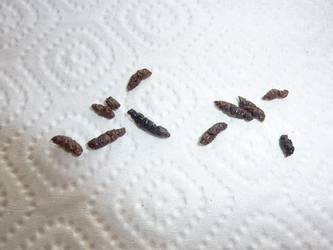 Fledermauskot // Bat droppings
(Gudrun Becker
/
www.bund-fledermauszentrum-hannover.de)
Fledermauskot // Bat droppings
(Gudrun Becker
/
www.bund-fledermauszentrum-hannover.de)
In the photo you can see bat dung. This droppings are safe and do not affect your health. The manure is ideal as a natural fertilizer for potted and garden plants. If you find bat droppings in the same spot several times, this indicates even a bat quarter.


You would like to offer bat houses?
